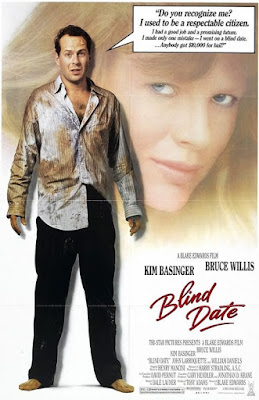French writer/ director Philippe Lioret makes a ‘nice’ film on a tough subject: illegal refugees in Calais, and it still ends in tragedy. Firat Ayverdi, looking a bit like the young Zach Braff, plays a 17-yr-old Kurd out of Iraq, desperate to reach his girlfriend who’s moved to London with her family. But with immigration authorities overseeing the port city’s commercial bottleneck, and on to every stowaway trick by train, truck or boat, the only option could be the most ridiculous; swimming across the Channel. And the boy can’t swim. That’s how he comes to meet Vincent Lindon, exceptional as a gruff swimming instructor who goes from indifference to involved to surrogate dad as he trains this stubborn, polite, romantic kid. The story may not be loaded with surprises, but the playing and emotional growth between the leads is handled with unusual grace. (Nice use of foreign language issues with everyone at odds in various half-learned tongues.) And with reverberations, especially on Lindon’s relation with his ex-wife, distrustful building neighbors, and a cop charged with enforcing new immigrant laws, all playing out to heartbreaking effect. The story isn’t above falling into convenient plots beats & ‘accidental’ meetings to move things along, it might have played better with less realism (and with a less ironic title). But it comes across well enough; thoughtful, effective, not nearly as ‘knee-jerk’ liberal as you’d imagine.
DOUBLE-BILL: Jerzy Skolimowski’s MOONLIGHTING/’82 with Jeremy Irons, an undeservedly forgotten film about Polish construction workers stuck in London.


























